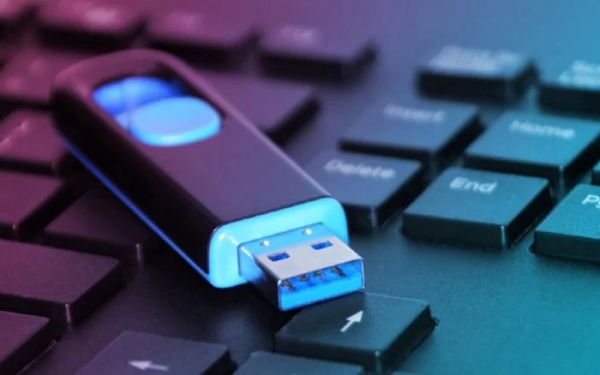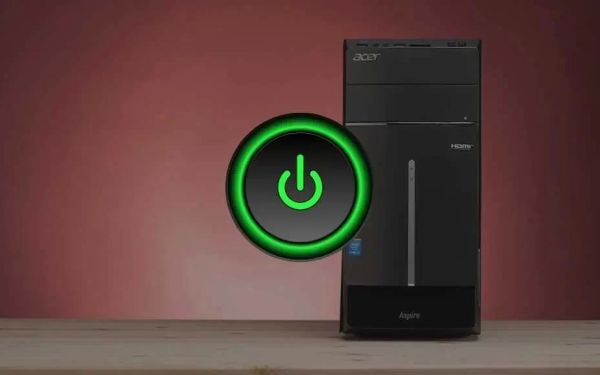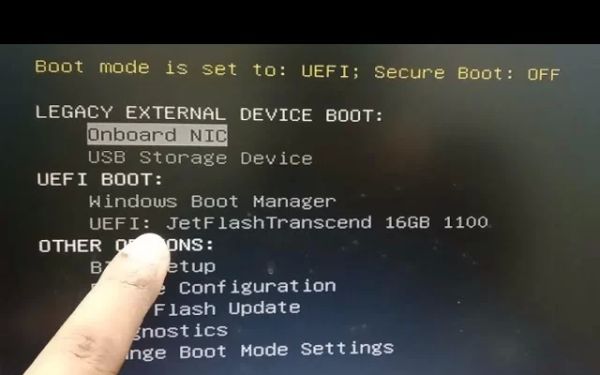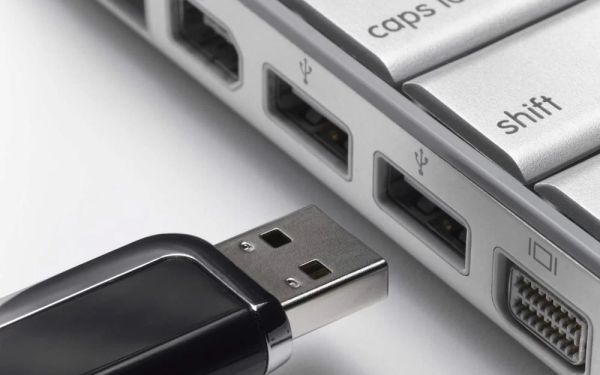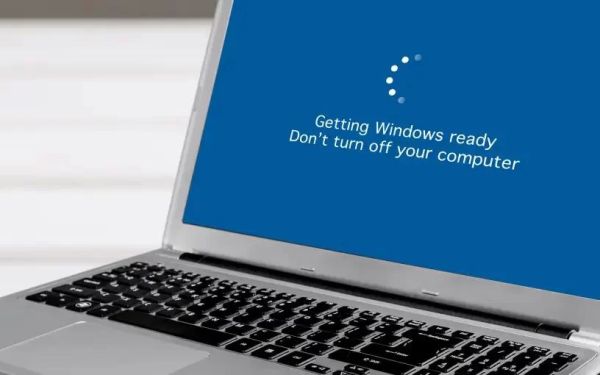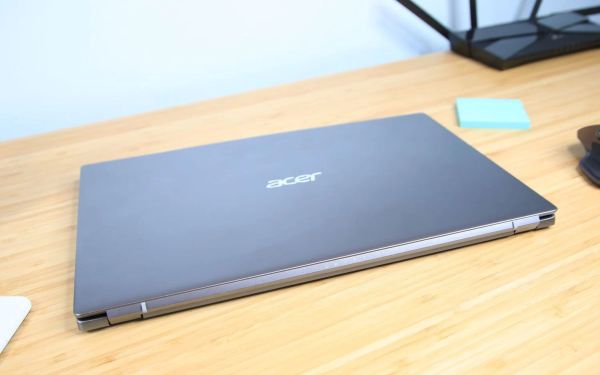How to Choose Boot Disk on Mac Using Keyboard
- What Is a Boot Disk on a Mac?
- Different Methods to Choose Boot Disk Using Keyboard
- Troubleshooting Boot Disk Issues on Mac
- Tips for Efficient Boot Disk Management on Mac
- Products That Enhance Mac Boot Management
What Is a Boot Disk on a Mac?
A boot disk is essentially the storage device that contains the operating system required to start up a Mac. Typically, this is your Mac’s internal drive where macOS is installed. However, you may need to choose a different boot disk if you're troubleshooting your Mac, installing a new operating system, or performing certain recovery tasks. In these cases, using the keyboard to choose the boot disk can speed up the process without relying on the mouse or trackpad.
Different Methods to Choose Boot Disk Using Keyboard
There are several ways to select the boot disk on a Mac using only the keyboard. Each method is suited for different situations, whether you’re booting from an external disk, a recovery partition, or reinstalling macOS:
- Option (Alt) Key: The simplest way to choose a boot disk is by holding down the Option (Alt) key immediately after turning on your Mac. This will display the available bootable disks, allowing you to select your desired disk using the arrow keys.
- Command + R: If you're trying to access macOS recovery mode, restart your Mac and hold down Command + R until the Apple logo appears. This will boot your Mac into recovery, allowing you to manage disks and reinstall macOS.
- Startup Disk Preferences: If you're already in macOS and need to change the boot disk, you can access the Startup Disk preferences from System Preferences. While this method doesn’t use a direct keyboard shortcut, it's still a key part of boot management on a Mac.
- Single User Mode: For more advanced users, starting up your Mac in single-user mode allows for more control over system settings and boot preferences, including disk management. To do this, restart your Mac and hold down Command + S during boot.
Troubleshooting Boot Disk Issues on Mac
Sometimes, issues with booting or selecting the right disk can arise. Here are a few common problems and their solutions:
- Missing Bootable Disks: If you don’t see your bootable disk in the boot manager, ensure that the disk is properly connected (if external) and that it’s formatted correctly. You may also need to reinstall macOS if the operating system is corrupted.
- Mac Not Recognizing External Drives: If your Mac doesn’t recognize an external drive, ensure that it’s connected correctly, powered on (if applicable), and formatted with a compatible file system, such as HFS+ or APFS for macOS.
- Recovery Mode Issues: If Command + R isn’t taking you to recovery mode, try restarting while holding down Option to see if the recovery partition is available for selection as a boot disk.
Tips for Efficient Boot Disk Management on Mac
To make boot disk management smoother, here are some helpful tips:
- Keep Backup Boot Disks: Always have a bootable external drive or USB stick with macOS or recovery tools in case your primary boot disk fails.
- Organize Your Disks: If you work with multiple boot disks, label them clearly to avoid confusion during startup. Use descriptive names for external drives to make them easily recognizable.
- Update Firmware: Ensure your Mac's firmware is up-to-date, as this can improve the system's ability to recognize and boot from external devices.
Products That Enhance Mac Boot Management
If you're looking to streamline your boot disk management or need help with boot-related issues, there are several products available that can help:
- Ninja Stik: Ninja Stik is a versatile tool that enhances your Mac's ability to manage and boot from various disks. Whether you're troubleshooting or need a backup plan, Ninja Stik ensures that booting from external drives is effortless. Click here to learn more and purchase Ninja Stik.
- External SSDs: High-quality external SSDs are excellent for creating bootable drives. They provide fast speeds and reliable storage for operating systems, recovery tools, and backups.

